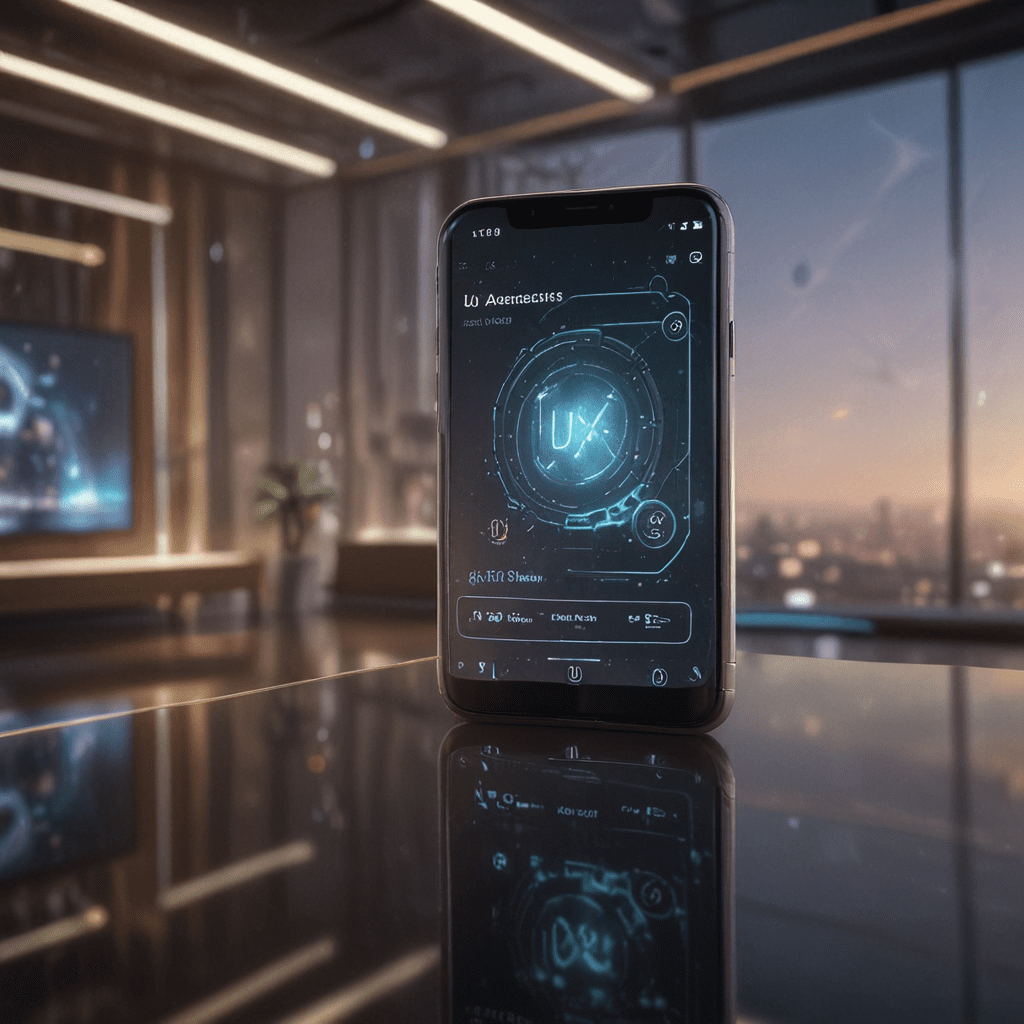
1. The Evolution of Virtual Assistants and UX Design
Virtual assistants (VAs) have emerged as revolutionary tools, transforming interactions between users and technology. UX design played a pivotal role in this evolution, enhancing VA effectiveness and user satisfaction. Early VAs relied on command-based interactions, often lacking the intuitive and human-like experiences desired by users. However, advancements in UX pushed VAs towards conversational interfaces, leveraging natural language processing (NLP) to facilitate seamless, human-like interactions. The shift towards user-centered design became paramount, considering individual user needs, cognitive abilities, and preferences.
2. User-Centered Design for Virtual Assistants
At the heart of UX for VAs lies user-centered design, ensuring that every aspect revolves around user objectives and experiences. User research serves as the foundation, uncovering user demographics, pain points, and expectations. UX designers analyze this data to create prototypes, conduct testing, and gather feedback. The iterative design process emphasizes constant user involvement, enabling designers to refine interactions, language, and functionality based on real-user interactions.
3. Conversational Design and Natural Language Processing
Conversational design is integral to UX in VAs, allowing users to interact with them as they would with a human. NLP forms the backbone of this interaction, empowering VAs to comprehend and respond to user intents effectively. Advanced NLP algorithms enable VAs to recognize spoken or typed natural language, extract meaning, and generate appropriate responses. UX designers craft dialogue flows, anticipate user queries, and design engaging, informative responses that mirror human conversations.
4. Artificial Intelligence and Machine Learning in UX
Artificial intelligence (AI) and machine learning (ML) play a transformative role in enhancing UX for VAs. AI assists in understanding user preferences, personalizing interactions, and continuously improving VA capabilities. ML algorithms analyze usage patterns, identify areas for optimization, and automatically tune VA behaviors. For example, an AI-powered VA can remember user choices, preferences, and past conversations, making future interactions personalized and efficient.
5. Personalization and Contextual Interaction
A crucial aspect of UX design for VAs is personalization, which enhances experiences by tailoring them to each user's unique needs. VAs leverage user profiles, data analytics, and AI to personalize interactions, delivering content, information, and recommendations relevant to the user. Contextual interaction further improves UX by adapting to the immediate context. VAs can access device location, time of day, or ongoing task, enabling them to provide highly targeted and timely assistance.
6. Multimodal Interactions and Extended Reality
UX designers continuously explore multimodal interactions that enhance VA experiences. By integrating visual, auditory, and haptic feedback, VAs can provide more engaging and intuitive interactions. Extended reality (XR) technologies, such as augmented reality (AR) and virtual reality (VR), offer novel ways for users to interact with VAs. AR can superimpose digital information onto the physical world, while VR immerses users in virtual environments. These technologies can improve training, collaboration, and immersive experiences with VAs.
7. Ethical Considerations and User Privacy
As VAs become more sophisticated, ethical considerations and user privacy become paramount. UX designers must ensure that VAs respect user privacy and operate within ethical boundaries. Transparency and user control are essential, allowing users to understand how their data is collected and used. UX practices should emphasize data privacy, security, and informed consent, empowering users to make informed decisions about their interactions with VAs.
8. Future UX Trends for Virtual Assistants
The future of UX for virtual assistants holds exciting possibilities. Advanced AI algorithms will enhance personalization, enabling VAs to anticipate user needs and provide proactive assistance. Affective computing will allow VAs to recognize and respond to user emotions, creating more empathetic and engaging interactions. Immersive technologies will further integrate VAs into our daily lives, enhancing productivity, communication, and entertainment.
9. The Role of UX Designers in Shaping the Future
UX designers play a pivotal role in shaping the future of virtual assistants. By embracing emerging technologies, understanding user needs, and implementing ethical practices, they can create VAs that are both effective and delightful to use. UX designers will continue to refine conversational design, leverage AI and ML, and explore multimodal interactions, pushing the boundaries of VA capabilities.
10. Conclusion: The Promise and Challenges of UX in Virtual Assistants
Virtual assistants offer immense potential to revolutionize how we interact with technology. UX design is at the forefront of this transformation, driving the creation of intuitive, personalized, and ethical VAs. As the field continues to evolve, UX designers will face exciting challenges in balancing technological advancements with human-centered principles. By embracing innovation while prioritizing user experience, they can unlock the full potential of virtual assistants, transforming them into invaluable tools that enhance our daily lives.
FAQ
Q: What is the importance of UX design in virtual assistants?
A: UX design ensures that VAs are user-friendly, intuitive, and enjoyable to use. It focuses on creating seamless interactions, anticipating user needs, and personalizing experiences.
Q: How does conversational design impact UX in VAs?
A: Conversational design allows VAs to understand and respond to natural language, making interactions more human-like and engaging. It involves crafting dialogue flows and designing responses that mimic human conversations.
Q: What role does AI and ML play in UX for VAs?
A: AI and ML enhance UX by enabling VAs to learn from user interactions, personalize experiences, and continuously improve their capabilities. AI algorithms can analyze usage patterns, identify areas for optimization, and automate tasks.
Q: How should UX designers address ethical considerations in VAs?
A: UX designers must prioritize user privacy, transparency, and informed consent in VA design. They should ensure that VAs operate within ethical boundaries and respect user rights and data protection.
Q: What are some future trends in UX for virtual assistants?
A: Future UX trends include advanced AI algorithms for personalization, affective computing for emotional recognition, and immersive technologies for enhanced interactions. UX designers will continue to explore new ways to make VAs more intuitive, empathetic, and integrated into our daily lives.


